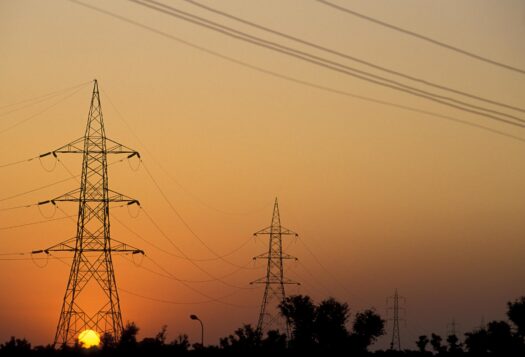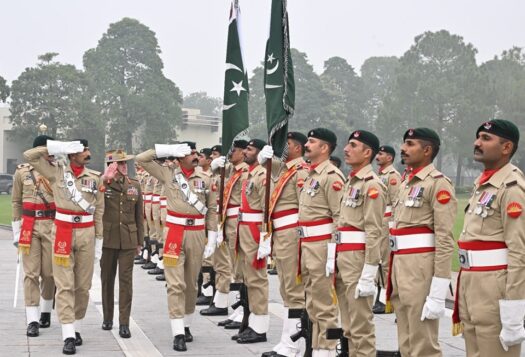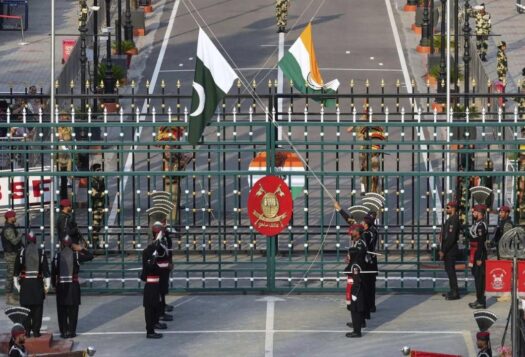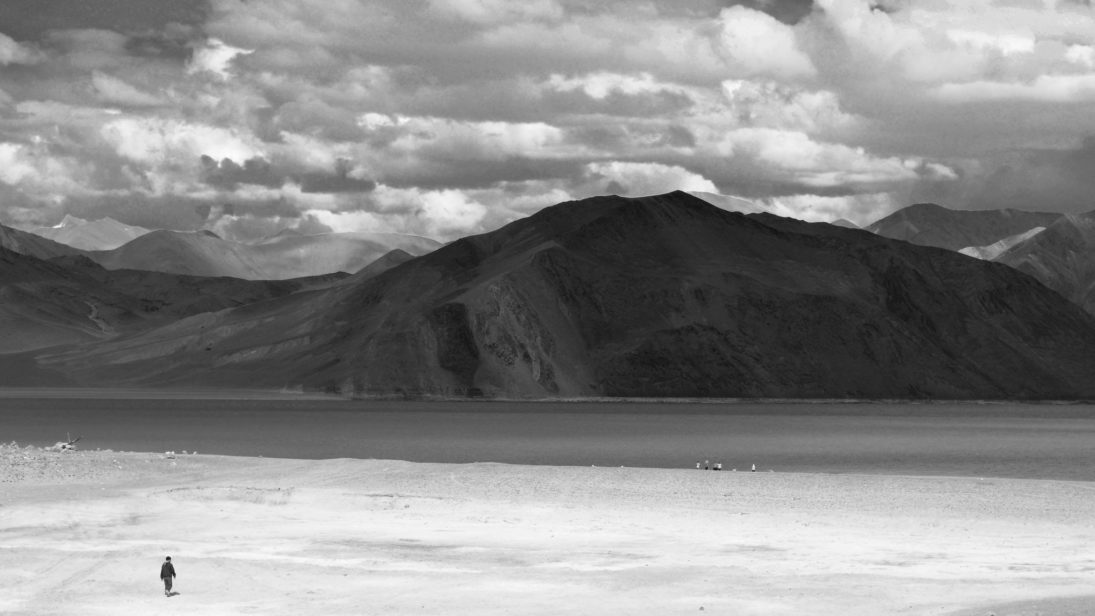
The political diktat of “differences should not become disputes” is fast becoming irrelevant in India-China relations. A difference in perception regarding where the Line of Actual Control (LAC) lies has long been a flashpoint between the two countries. But after the 2017 Doklam standoff that lasted 73 days, the recently-reported faceoff between Chinese and Indian troops in Ladakh and Sikkim is noteworthy.
Indian Army Chief Manoj Naravane revealed on May 14 that an incident occurred between Indian and Chinese troops on May 5 at Pangong Lake in Ladakh and on May 9 at Naku La in Sikkim that saw “aggressive behavior” from “both sides,” leading to minor injuries to troops. He stated that both sides disengaged post dialogue between local Command-level officers as per established protocol. However, Defense Minister Rajnath Singh acknowledging that China has deployed troops in large numbers along the LAC to which India has responded with its own force buildup suggests the situation is serious. A standoff further building in parts of eastern Ladakh, particularly in the Galwan Valley, has reinforced the intensity of tensions in the western sector of the border.
The LAC is an informal ceasefire line between India and China since their 1962 border war and has been the subject of dispute for decades. However, recent actions by Chinese troops have little to do with the technicalities of the LAC and more to do with President Xi Jinping’s national consolidation strategy in the post COVID-19 period, at a time when the spotlight domestically is on the poor governance of the Chinese Communist Party (CCP).
The Play at the LAC
LAC clarification is linked to delineation, on which both sides remain non-committal at present, with competing nationalisms further complicating the process.
That current tensions have developed at a time when the world is fighting against the COVID-19 pandemic only points to the complicated nature of the India-China boundary dispute. From the Chinese perspective, the tense situation at the LAC is linked to India’s road infrastructure development in the border areas of Ladakh. Global Times, a Chinese state media outlet, has termed recent actions by the People’s Liberation Army (PLA) troops on the LAC as “necessary moves” taken in response to “India’s recent, illegal construction of defense facilities… in the Chinese territory.” However, in a media briefing, India’s Ministry of External Affairs asserted that “all Indian activities are entirely on the Indian side of the LAC” and reaffirmed that India remains committed to upholding “peace and tranquility” in the border areas.
Like the 2017 Doklam standoff, the ongoing tensions in eastern Ladakh have also been triggered by infrastructure development. But while Doklam involved China attempting to claim Bhutan’s territory through road construction, which India opposed citing a unilateral change in status quo and due to security concerns, this time it is China opposing Indian infrastructure development on the Indian side of the border. The PLA’s dominant role in India-China border affairs has increased post the 2016 military reforms and restructuring in China and its continuously aggressive posture on the boundary dispute with India since then is an example of this. The present hostilities in Ladakh point to the territorial ambitions of the PLA, with strong support from CCP leadership. While Doklam indicated such ambitions, President Xi Jinping’s recent report at the 19th National Congress stressing the need to maintain a “strong, well-structured, and modern border defense” further provides a picture of China’s future approach towards its neighbors, particularly India.
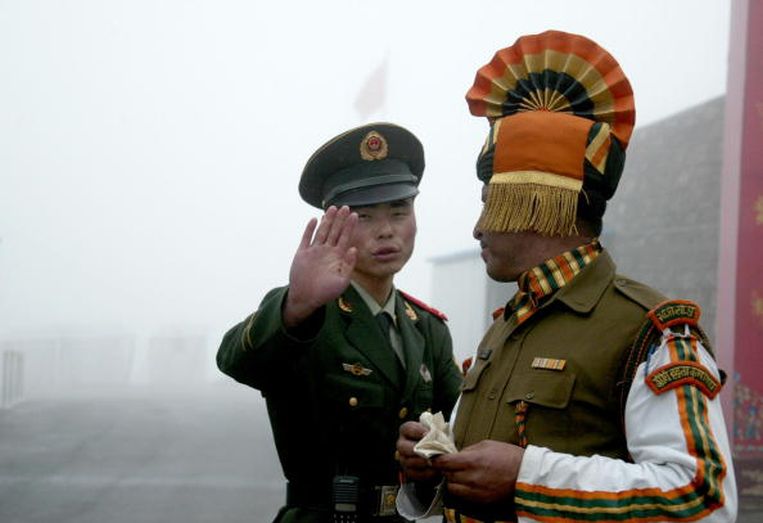
Flare-ups have become a common occurrence along the India-China border because official mechanisms to resolve these issues have proved to be largely ineffective, deeming the LAC the most contested aspect of the boundary dispute. For instance, the Working Mechanism for Consultation & Coordination on India-China Border Affairs (WMCC) has held 14 rounds of meetings since its inception in 2012. Yet, tensions have periodically arisen in the border areas in recent years, such as in 2013 and in 2014 besides the Doklam standoff in 2017. Even after 22 rounds of special representative (SR)-level talks, the two countries still have a conflicting perception of the LAC, which prevails due to a lack of exchange of maps between the two sides. Of the three sectors of the border, namely western, middle, and eastern, maps of only the middle sector have been exchanged by Beijing and New Delhi, amounting to their differing perceptions of the LAC.
LAC clarification is fundamental to the boundary negotiation process and it has not seen much progress because the “definitional” aspects of the LAC remain the subject of contention in each of the three sectors of the border. Confidence-building measures have also not succeeded in attaining any tangible outcome. Besides, LAC clarification is linked to delineation, on which both sides remain non-committal at present, with competing nationalisms further complicating the process.
What’s Driving China’s Stance
Chinese actions on the border with India seem to be driven by domestic pressures. The trigger for the ongoing border tensions preceded both the National People’s Congress (NPC) and the Chinese People’s Consultative Conference (CPCC) – the most vital annual political discussions and advisory meetings in China. At both these fora, the CCP’s aim was to counter discontent among the Chinese people regarding the party’s handling of the pandemic while creating a strong national sentiment supporting China’s future role in global affairs. While the pandemic does not necessarily pose a major political challenge to President Xi, who is also the Chairman of the CCP as well as the Central Military Commission, the possible economic fallout as well China’s weakening international standing have worried Beijing.
International rebuke of Beijing led by U.S. President Donald Trump has induced widespread anxiety in China. Beijing is used to operating from a position of strength, but it is aware that the negative global sentiment against it in the aftermath of the coronavirus pandemic has impacted its reputation. Thus, in the wake of the “2020 Two Sessions”, President Xi would like to emphasize rebuilding the Chinese economy post-COVID-19 while maintaining his “strongman” image.
Seen in this light, Chinese media, with CCP backing, is trying to portray India as the aggressive party in this standoff in an attempt to divert attention from China’s economic troubles post the pandemic. In addition, creating border tensions with India not only allows global attention to get divided but also diverted from other aggressive Chinese activities such as the Hong Kong national security law and the military exercises near Taiwan, South China Sea, and East China Sea. Besides, border tension with India is not just a diversionary tactic but also a diplomatic strategy to pressurize New Delhi in the World Health Organization, of which India recently assumed chairmanship, to not support Taiwan’s bid in the World Health Assembly.
Creating border tensions with India not only allows global attention to get divided but also diverted from other aggressive Chinese activities such as the Hong Kong national security law and the military exercises near Taiwan, South China Sea, and East China Sea.
Not to forget, using foreign aggression to divert attention from national fallacies is not new for China. The 1962 China-India war allowed Mao Zedong to divert attention from the failure of his Great Leap Forward policy and the resulting famine. In addition, by some accounts, China’s war with Vietnam in 1979 was at least partly about providing Deng Xiaoping coverage against the growing dissatisfaction among Chinese citizens due to the poor economic conditions prior to his recovery model.
India’s Cautious Response
Since the Doklam dispute, a stronger and more nationalist India has emerged under Prime Minister Narendra Modi that refuses to be intimidated by China and is unlikely to bow to Chinese pressure. Modi’s national projects like the Bharatmala road-building scheme have laid a special emphasis on border regions. New Delhi is also balancing against China by cooperating with Japan in Northeast India through a shared Indo-Pacific outlook. Thus, New Delhi has shown that it understands the need to expand its military capabilities along the India-China border and the importance of forging regional and global partnerships to protect its national security. This firm approach is already visible in the government’s handling of both the current standoff and the opportunities that the pandemic presents. While its large troop presence in the current standoff is to defy any Chinese military pressure, India’s growing engagement with the United States and select other countries of the Indo-Pacific to shape the post COVID-19 world indicates its growing stature as a power vis-à-vis China.
However, India would be cautious to intensify the current tension with China further. With COVID-19 cases exceeding 200,000, putting India in the list of the 10 worst affected nations globally, and an internationally-reported migrant crisis drawing criticism for the Indian government, the border situation is likely to test New Delhi’s persistence and it might search for a diplomatic solution to resolve the issue. Such a step could work given that Beijing too might eventually look for deescalation given its current economic situation. While higher level military officers are set to meet on June 6 to try to defuse tensions, eventually SR level talks along with the WMCC would likely be encouraged to review the situation and seek solutions.
Post the pandemic, India-China ties are likely to remain complicated and the boundary dispute would continue to be salient. Nevertheless, as long as these border incidents remain bilateral – without the inclusion of China’s “all-weather” partner Pakistan or mediation by the United States, which is encouraging a global anti-Beijing arc – India-China border tensions are unlikely to reach a dangerous level.
***
Click here to read this article in Urdu.
Image 1: Ashok Boghani via Flickr
Image 2: AFP via Getty Images
